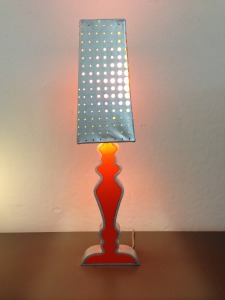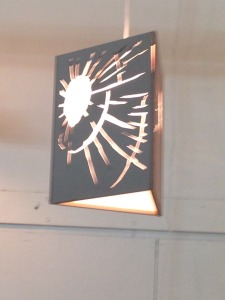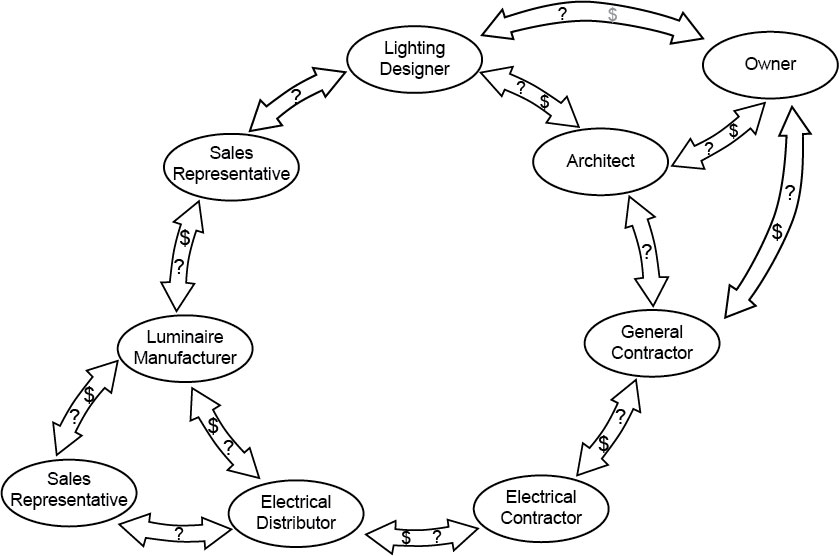I’m between classes at Pratt, so I’ll have to be brief. It’s the time in the semester when my students start to feel overwhelmed. After talking about vision, light, psychology, design, lamps, color, and light fixtures they’re about to start working on designing projects for class. The most common question is something like, “How can I possibly organize all of this information and start to make meaningful design decisions? I need to pick a light fixture, then I need to pick a lamp for that fixture, then I need to lay out the fixtures to arrive at the lighting that I want, right?”
Wrong! A lighting design doesn’t come from the lighting fixture, so design decisions shouldn’t start there. In a push-me-pull-you kind of way the first questions are always about the end result. Rather than choose a fixture and follow the light down into the room, what we need to do is understand the lighting requirements and follow the light up to the lamp and luminaire. How do you want the space to look and feel? What lighting techniques can help achieve that look? Is there an overarching thematic element that needs to be included? How can we express the lighting goals in terms like intensity, color, and distribution? The answers to those questions should start to lead the designer to requirements for the fixture/lamp combination, and to the number of fixture types required to implement the design.
I explain that it’s not always a linear process, and that a certain amount of trial and error is part of any design. “Does this fixture give me the distribution and intensity I need?” isn’t always a yes/no question that can be answered by looking at a cut sheet. Sections may have to be studied, calculations run, different lamps and accessories considered, always with the end goal in mind.
Yes it’s hard. So hard, in fact, that some people spend several years studying light and design at the college level before getting their first job, only to discover that there’s so much more to learn! If you have a passion for light and design, though, trust me it’s worth it.







